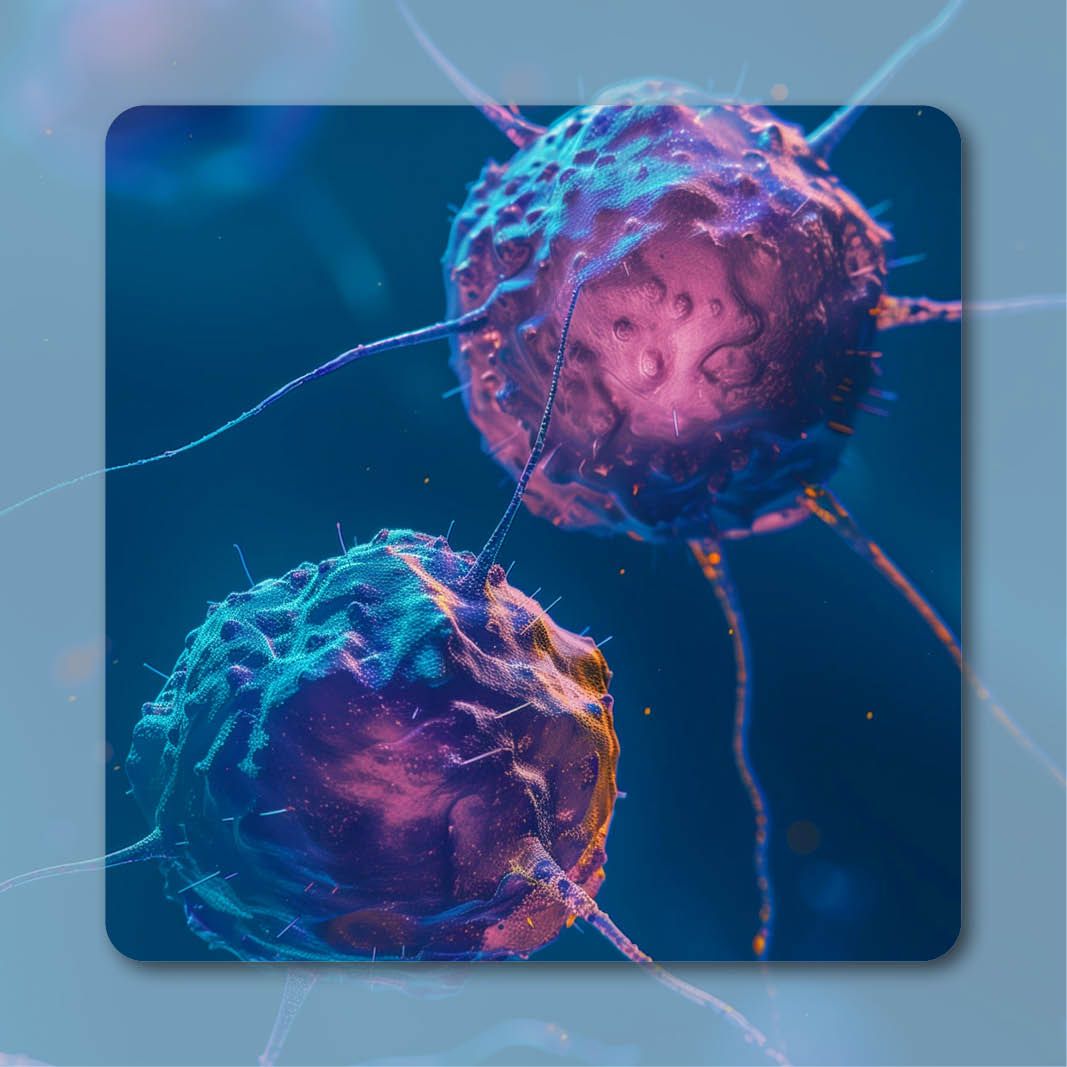Commentary
Article
Novel Targets, Classes of Agents Could Refine Checkpoint Inhibition in NSCLC
Solange Peters, MD, PhD, discusses ways to refine checkpoint inhibition in the treatment of non–small cell lung cancer.
Solange Peters, MD, PhD

Novel checkpoint targets such as TIGIT or B7-H3, along with different classes of agents such as bispecific antibodies or antibody-drug conjugates (ADCs), could represent the next phase of checkpoint inhibition for patients with non–small cell lung cancer (NSCLC), according to Solange Peters, MD, PhD.
“We will need to address how to give immunotherapy to patients who have already been exposed [to immune checkpoint inhibitors],” Peters said in an interview with OncLive® during the 25th Annual International Lung Cancer Congress®.
In the interview, Peters highlighted how checkpoint inhibition has evolved in NSCLC; explained why targeting checkpoints beyond PD-1, PD-L1, and CTLA-4 remains a challenge; and detailed novel treatment approaches that could better target these checkpoints.
Peters is a professor and chair of Medical Oncology and the Thoracic Malignancies Program in the Department of Oncology at the University Hospital of Lausanne in Switzerland.
OncLive: How has the understanding of targeting immune checkpoints evolved in NSCLC?
Peters: It is not that we have discovered [entirely new checkpoints] to date; however, we have been learning how to [target the known checkpoints]. For example, CTLA-4 has been shown to be a good target in specific subsets of patients, such as those with PD-L1–negative tumors. We have been better utilizing the known checkpoints.
As for checkpoints still under investigation, in lung cancer, we are still working on TIGIT, but we have had some disappointing [trial data]. We are still working on LAG-3. Both LAG-3 and TIGIT are immunomodulatory inhibitory checkpoints. LAG-3 comes from the melanoma [field], where [targeting it] is a standard of care, and it is now being explored in lung cancer from the neoadjuvant to metastatic [settings]. These are standard checkpoints that we hope to [target] in frontline [treatment].
Are there any novel ways checkpoints such as TIGIT and LAG-3 could be targeted in lung cancer?
Although targeting these other checkpoints has not been promising to date, they are now being targeted with new tools, such as bispecific antibodies. For example, we could have a bispecific antibody often [target] PD-1 on one side and another checkpoint, such as TIGIT or TIM-3, on the other. The proximity [of these checkpoints] within the tumor microenvironment [may enhance] the efficacy of immunotherapy. We have learned how to potentially use these checkpoints to strengthen the immune response.
Additionally, newer checkpoints like B7-H3 and B7-H4 can be targeted by ADCs, potentially delivering chemotherapy directly to the immune pathway and inducing immunogenic cell death. We are still working with similar components and targets. Over time, we are trying to learn how to better target them and make a difference [for patients].
Am I optimistic [novel agents like bispecific antibodies] are going to be a big revolution [in the way we target checkpoints]? I am not sure. It could be better to work on cellular components, such as bispecific antibodies that engage T cells by targeted CD3, or cellular therapies like CAR T-cell therapies, which are already successful in hematological malignancies. The real revolution might be more personalized immunotherapy, but we need more time.
What could be the role of novel immunotherapies in NSCLC?
Checkpoint inhibitors are [increasingly] given in earlier stages of treatment—such as in adjuvant or consolidation [settings]. There is a need for new trials to be created, maybe with ADCs or bispecific antibodies, to address [a need] for patients who have already been exposed to immune checkpoint inhibitors, especially for early-stage disease.
I am looking forward to see how we will continue to learn and [classify] our patient populations over time to make sure that the right [treatment] choices are being made for each patient. When I first started in oncology, approximately 20% of patients with metastatic disease may have lived for 5 to 10 years or longer. Can we better identify patients [who are more likely to have these types of outcomes]? This could create some interesting treatment strategies.
[Conversely], we need to [better identify] patients who may require [innovative or more aggressive approaches], such as CAR T-cell therapies or T-cell engineering. We are learning more [about how to classify patients]. By fusing trial data and real-world evidence, we are moving closer.
Reference
Peters S. Other immune checkpoint inhibitors beyond PD-(L)1/CTLA-4. Presented at: 25th Annual International Lung Cancer Congress®; July 25-27, 2024; Huntington Beach, CA.








